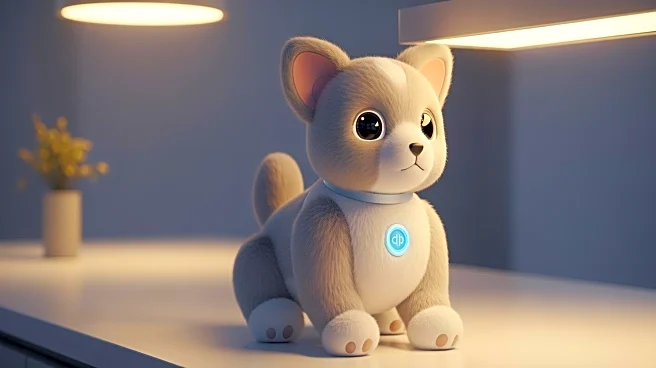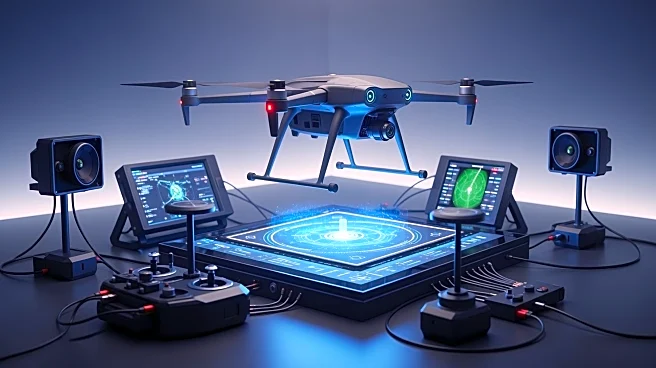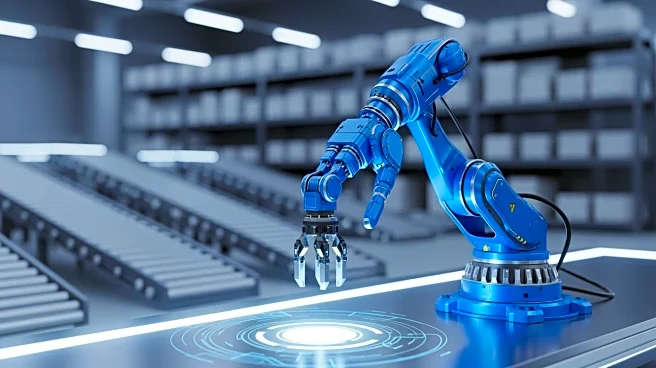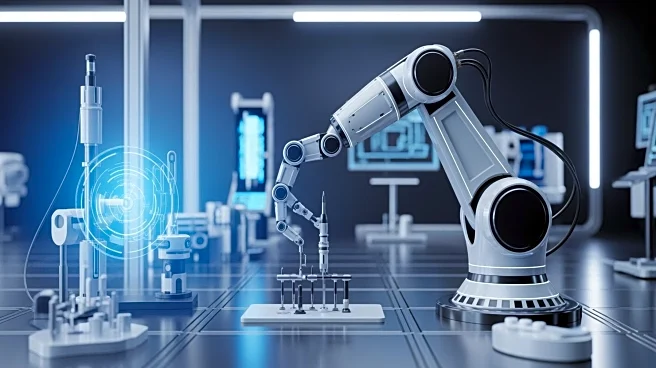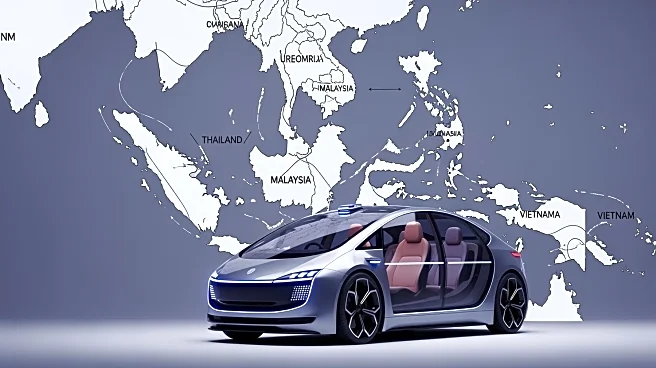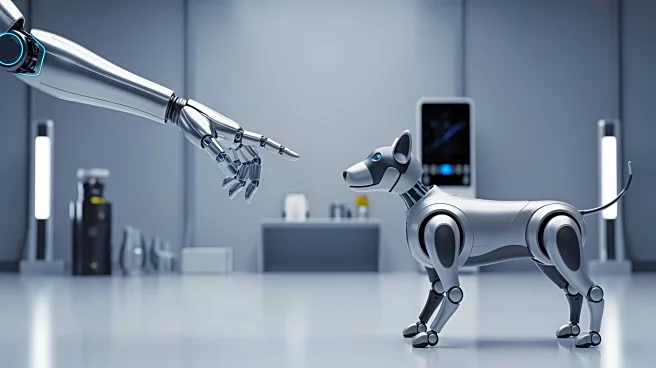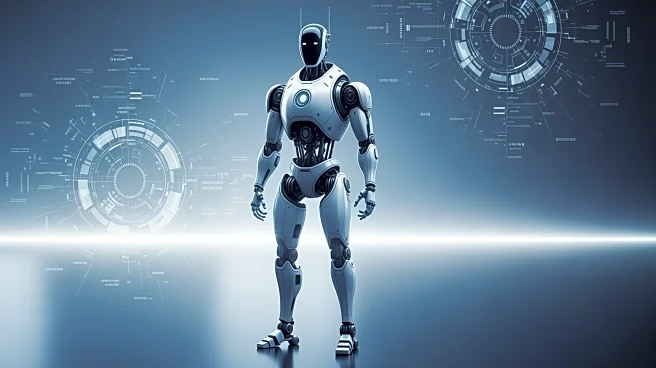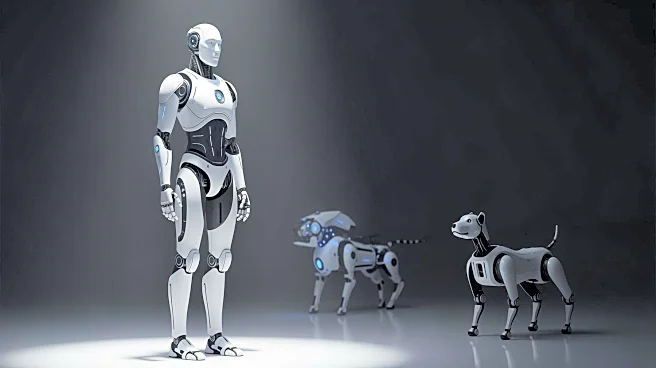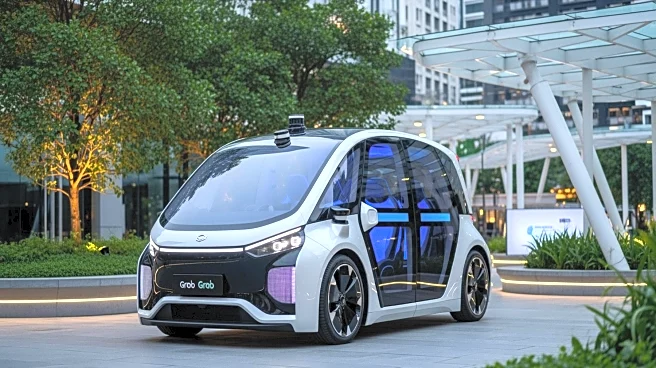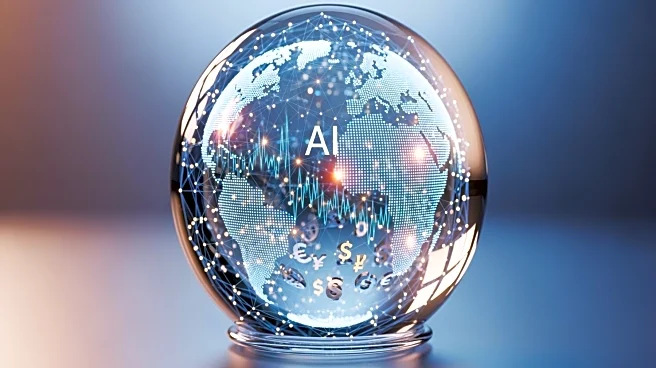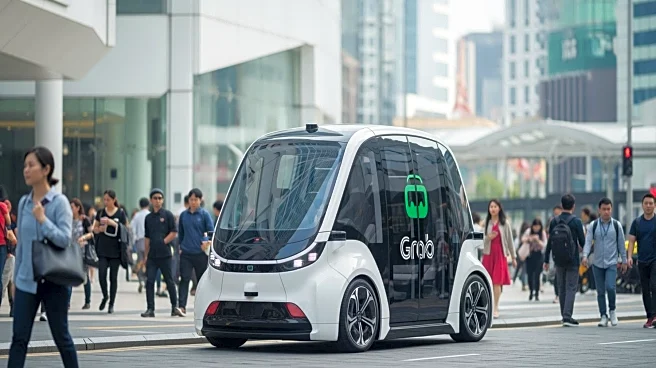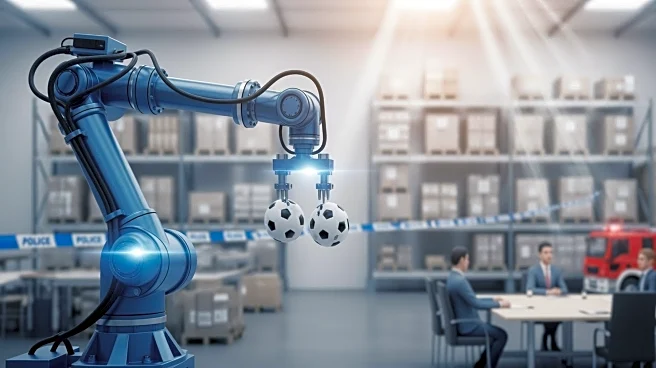What's Happening?
Casio has launched Moflin, an AI-powered robot pet designed to mimic the experience of owning a real pet. The Moflin, which resembles a fluffy guinea pig, uses artificial intelligence to develop unique personality traits based on interactions with its owner.
This robot pet responds to sounds and touch, offering a personalized experience for users. Initially popular in Japan, Moflin is now available internationally, targeting individuals who are unable to own traditional pets due to restrictions or personal preferences. The device is priced at $429, making it a more affordable option compared to purchasing a live pet from a breeder.
Why It's Important?
The introduction of Moflin represents a significant advancement in the companion technology market, offering a solution for those who cannot have live pets. This development could impact the pet industry by providing an alternative to traditional pet ownership, potentially reducing demand for live animals. Additionally, Moflin's AI capabilities highlight the growing trend of integrating technology into everyday life, showcasing how AI can be used to enhance personal experiences. As more people seek companionship without the responsibilities of pet care, products like Moflin could become increasingly popular, influencing consumer behavior and market dynamics.
What's Next?
As Moflin becomes available internationally, Casio may explore further enhancements to its AI capabilities, potentially increasing its appeal to a broader audience. The success of Moflin could encourage other companies to develop similar AI-driven companion devices, expanding the market for robotic pets. Additionally, feedback from users may lead to improvements in the design and functionality of future models, ensuring they meet the evolving needs of consumers. The reception of Moflin in various markets will likely influence Casio's strategy in developing and marketing AI products.
Beyond the Headlines
The launch of Moflin raises ethical questions about the role of AI in human relationships and the potential for technology to replace traditional forms of companionship. As AI-driven devices become more prevalent, society may need to consider the implications of relying on technology for emotional support and interaction. Furthermore, the development of such products could lead to discussions about the balance between technological innovation and preserving natural human experiences.
